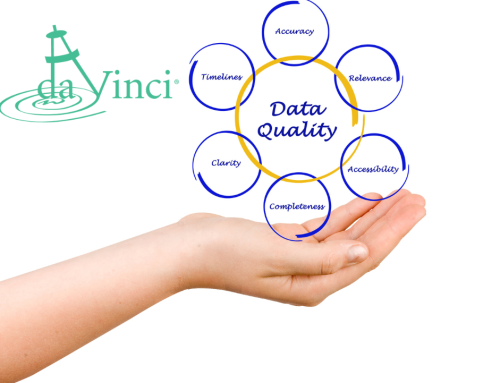Retail IT services teams must demonstrate the value they bring to the business. One of the most impactful ways IT can drive measurable success is by ensuring buyers, planners, and managers access the right retail merchandising systems and data. A centralized system enhances planning efficiency and accelerates revenue growth by integrating critical data sources seamlessly.
Key Indicators You Need a Retail Merchandising System
If your IT team focuses on these priorities, it’s time to implement a retail merchandising system:
1. Ensuring Data Accessibility
Retail businesses rely on strategic data—customer profiles, inventory levels, product trends, and purchase plans. However, when this crucial information sits in disconnected systems or individual machines, IT scrambles to provide access.
A centralized system improves data accessibility and offers key benefits such as:
- Stronger Data Security: A unified system securely stores sensitive information, reducing the risk of data breaches.
- Seamless System Integration: IT connects various platforms to create a unified data ecosystem.
- Scalability & Reliability: Centralized applications support business growth while maintaining performance and security.
2. Eliminating Wasted Time and Resources
IT teams should focus on high-impact initiatives instead of fixing inefficiencies caused by fragmented data storage or manual processes. A modern retail merchandising system eliminates these roadblocks by:
- Optimizing System Integration: Connecting disparate data sources for seamless operations.
- Automating Data Processes: Reducing manual effort and increasing efficiency.
- Ensuring Data Integrity: Maintaining a single, trusted source of accurate and up-to-date information.
By centralizing data, IT eliminates redundant tasks, improves system performance, and allocates resources more effectively to drive business success.
3. Empowering Internal Business Teams
Retail success depends on superior customer experiences. IT leaders can support this by ensuring planners and buyers access accurate, real-time data. Instead of relying on error-prone spreadsheets, teams benefit from:
- Reliable Data Integrity: A single source of truth supports informed decision-making.
- Improved Collaboration: Seamless data sharing across departments enhances teamwork.
- Greater Agility: Trusted data enables quick responses to market trends and customer needs.
What IT Should Avoid
While IT teams play a vital role in retail success, they lose effectiveness when burdened with non-strategic tasks. Common inefficiencies include:
1. Managing Inaccessible Data & Running Ad-Hoc Reports
When rigid or complex systems hold valuable data hostage, IT constantly retrieves insights manually. A centralized retail merchandising system helps IT:
- Eliminate redundant manual reporting.
- Provide a single, up-to-date data source.
- Improve business agility with real-time data availability.
2. Struggling with Data Security on Individual Devices
IT professionals shouldn’t spend nights worrying about securing data stored on multiple laptops and hard drives. A centralized system offers:
- Stronger Data Security: Multi-layered security protocols protect against breaches.
- Consistent Data Integrity: Eliminates risks from outdated or inconsistent data.
- Peace of Mind: IT teams focus on innovation instead of data retrieval.
3. Wasting Time on Unnecessary Tasks
From troubleshooting minor computer issues to managing in-house systems, IT teams often get distracted from core responsibilities. A centralized system reduces these disruptions, allowing IT to:
- Prioritize system integration and infrastructure optimization.
- Enhance business performance by aligning IT initiatives with strategic goals.
- Strengthen data governance and compliance.
How a Retail Merchandising System Adds Business Value
Investing in a retail merchandising system like daVinci streamlines operations enhances data security, and drives smarter decision-making. A centralized and integrated system ensures planners and buyers rely on accurate, real-time insights—eliminating outdated spreadsheets and reducing IT burdens.
Retailers that prioritize system integration and data integrity gain a competitive edge in today’s dynamic industry. By equipping IT teams with the right tools, businesses can ensure long-term success and growth.





















